Difference Between Respiration and CombustionThe main differentce between respiration and combustion is glucose oxidation to release energy or produce ATP (adenosine triphosphate). In contrast, external heat is needed to burn material in combustion to release energy. For their cells to function, living organisms need energy. While some cellular functions don't require energy, this is true for some. Cellular respiration is the process of generating cellular energy, typically in the form of ATP (adenosine triphosphate). Glucose serves as this process's primary energy source. ATP molecules are created during respiration as glucose molecules are oxidized with oxygen. 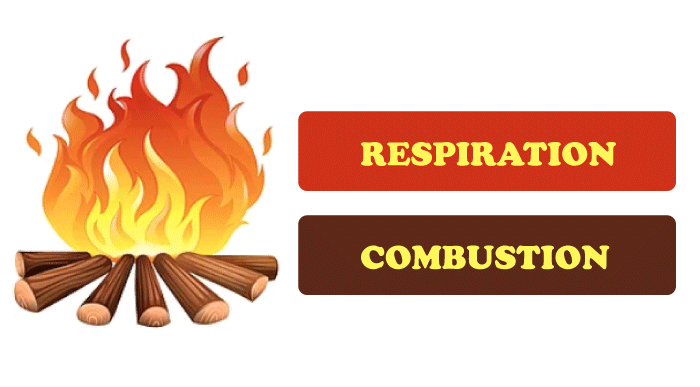
Combustion may also provide energy, although it just generates heat. It requires a source of outside heat. Because of this, respiration and combustion are different from one another. Glucose molecules must be broken down during respiration for living cells to produce ATP or chemical energy. On the other hand, burning something to release energy is called combustion. Hence, this is the primary difference between combustion and respiration. Whereas respiration is a biological process that moves slowly and under control, combustion is a non-cellular activity that moves swiftly and unpredictably. Respiration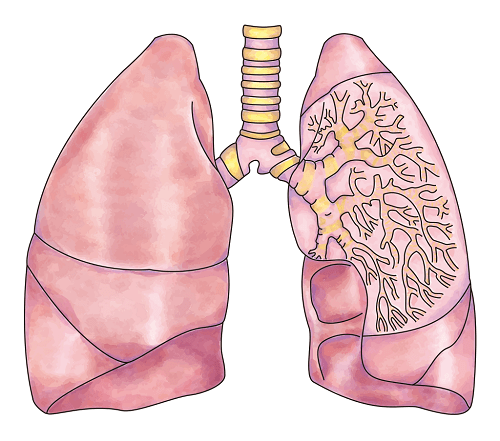
Respiration is the name given to the process by which all living things create the energy necessary for survival. This procedure is also known as cellular respiration since it occurs inside cells. Usually, oxygen and carbon dioxide are exchanged. The cells produce carbon dioxide by using oxygen. The term "aerobic respiration" refers to this kind of breathing. In some situations, breathing is still possible without oxygen. Anaerobic respiration is the name given to this process. Fermentation is another name for it. Cellular respiration is the process by which nutrients are transformed in a cell into useful energy. Energy is gradually released when the chemical bonds break down in stages throughout this biological process. The amount of energy released as heat is less than 50%. Light is occasionally released. As most of the energy is stored in ATP molecules, the temperature won't increase. Oxidation occurs at the conclusion of the interaction between oxygen and coenzymes during respiration. During respiration, a large number of intermediates are created, which are subsequently used to create a variety of chemical compounds. One enzyme is required for each step or reaction, and several enzymes are involved. All living things (plants, animals, and microbes) use cellular respiration, primarily an energy-yielding dissimilation process. Under the control of enzymes, this process involves the slow breakdown of complex materials with high energy content, often carbohydrates (starch, glycogen, sucrose, glucose), proteins, or lipids, into simpler materials with lower energy content. In specific predetermined states, high energy phosphate (P), which is bound in ADP (adenosine diphosphate) and held in pyrophosphate bonds of ATP (adenosine triphosphate), is released. Combustion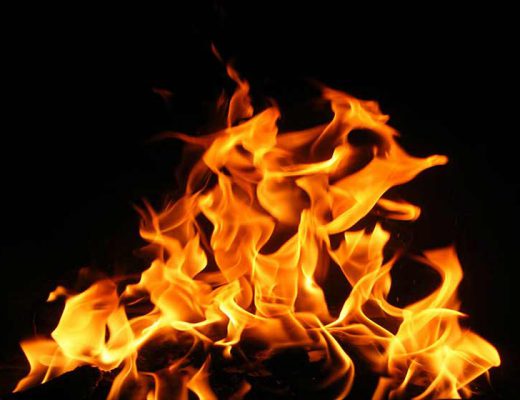
Oxygen is often released during combustion along with heat and light in the form of flame. Owing to the nature of the chemical reaction and the fact that more energy is generated than can be released into the surrounding medium, the temperature of the reactants rises, speeding the reaction even more, and the rate at which the reactants combine is high. An uncontrolled and non-cellular process called combustion occurs when materials burn, releasing energy simultaneously. Chemical reactions occur simultaneously rather than sequentially in this physical process. Heat is the main form through which energy is emitted. The temperature increases substantially with the production of light during the process. This procedure does not include the creation of ATP. In this instance, combustion directly oxidizes the substrate and produces no intermediates. The burning process doesn't require any enzymes. From the beginning, people have been interested in and have observed the processes of combustion, fire, and flame. Every civilization has created its excuse. Greek philosophers utilized philosophical concepts to explain fire, one of which was that all combustible bodies had an "inflammable nature" that became evident when the body was burnt to contact with air. During combustion, a substantial quantity of energy is released, the majority of which is transformed into heat and occasionally into light, raising the temperature. ATP is generated in conjunction with every energy phase released during cellular respiration. Heat is only produced from a very small fraction of energy. Difference Between Respiration and Combustion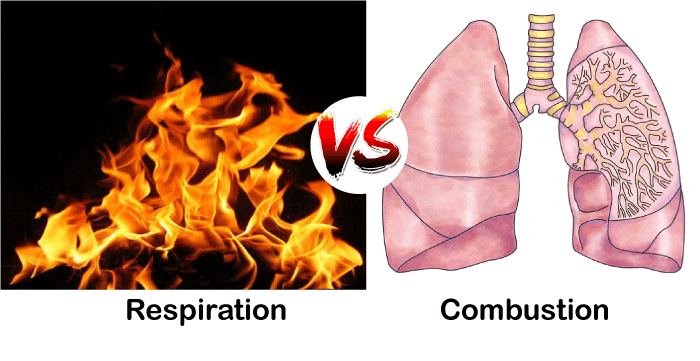
Similarities Between Combustion and Respiration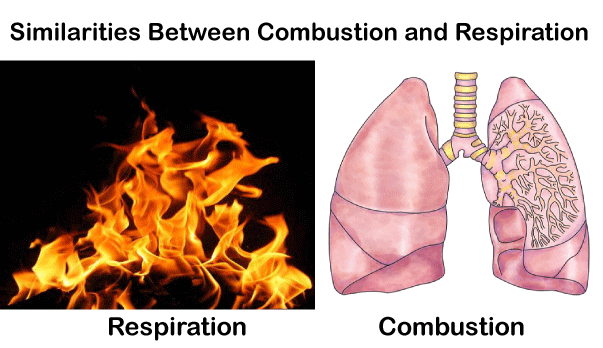
ConclusionAlthough it's crucial to comprehend the distinctions between respiration and combustion, it's also crucial to recognize the similarities that lead us to contrast the two and discuss those contrasts. Let's look around now.
Questions about Combustion and RespirationQuestion 1: What exactly is cellular respiration? Answer: Cellular respiration is how cells turn carbohydrates into energy. The chemical process that transforms energy into useful forms, such as ATP and other energy for cellular power operations, requires fuel and an electron acceptor to be powered by cells. Question 2: How does energy become released during respiration and combustion? Answer: While energy is released as heat and ATP during respiration, it is only released as heat during combustion. Question 3: How is combustion related to cellular respiration? Answer: There are several connections between combustion and respiration, including Redox processes, which include combustion and biological respiration, which are characterized by the breakdown of chemical bonds. Oxygen is necessary for both situations. While both respiration and combustion include burning, respiration is described as "slow-burning," whereas combustion is defined as burning. Question 4: Explain respiration and combustion using sugar as an example. Answer: The biological oxidation of sugar or glucose occurs using oxygen gas by molecules inside the cell, which causes respiration to release energy, or ATP (adenosine triphosphate). Nevertheless, if we are referring to sugar combustion, it is only the burning of sugar that causes it to charge, creating carbon dioxide and water.
Next TopicDifference Between
|
 For Videos Join Our Youtube Channel: Join Now
For Videos Join Our Youtube Channel: Join Now
Feedback
- Send your Feedback to [email protected]
Help Others, Please Share










